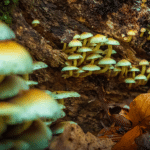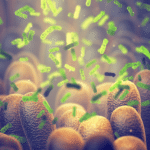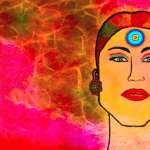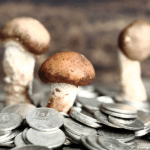Ketamine is a dissociative anaesthetic that has shown some promise for treating severe depression.
Historically, it has been used as a tranquilizer in veterinary medicine and as a recreational club drug. Low doses of ketamine prevent pain. Brazilian scientists recently provided evidence that this painkilling effect is partly mediated by the endocannabinoid system: When the scientists blocked the CB1 receptor, ketamine did not prevent pain. And when anandamide levels were boosted, the analgesic effect was potentiated. Previous research by this group showed that ketamine causes endocannabinoids to be released in certain parts of the brain. It will be interesting to see if the antidepressant effect of ketamine is also mediated by endocannabinoids — the primary action of ketamine is to inhibit a glutamate receptor called NMDA, which is intimately involved in long term potentiation (LTP). Cannabinoids also appear to influence depression by regulating LTP.
Read study: Ketamine induces central antinociception mediated by endogenous cannabinoids and activation of CB1 receptors
Adrian Devitt-Lee is a research scientist and longtime Project CBD contributor. © Copyright, Project CBD. May not be reprinted without permission.







